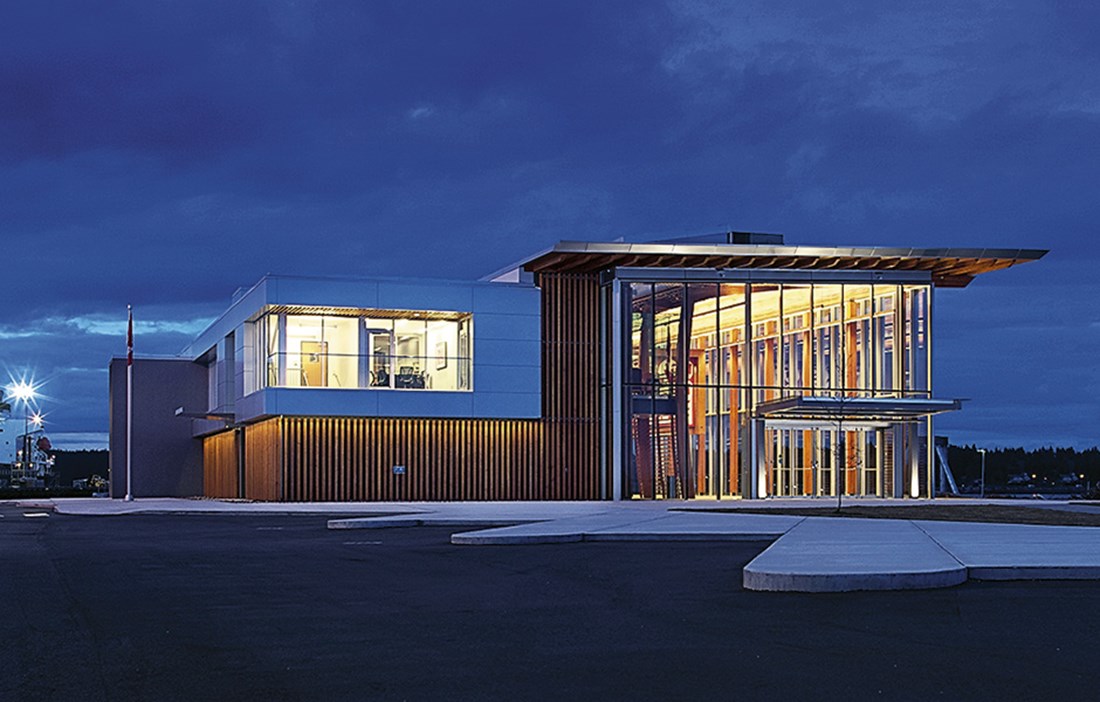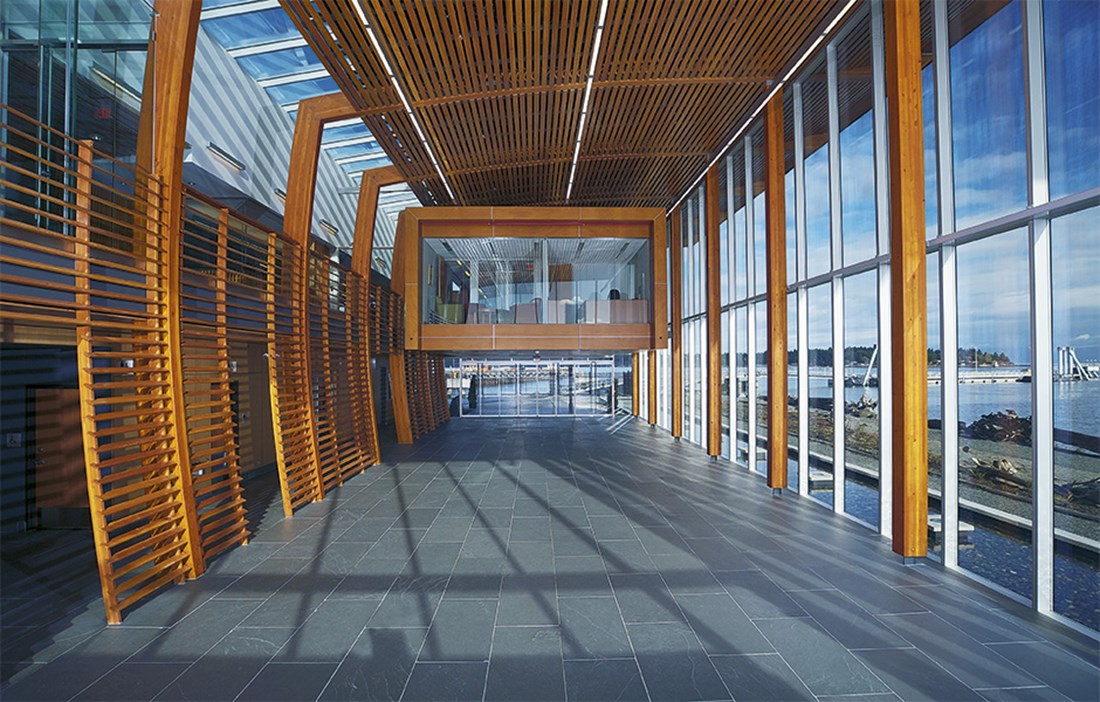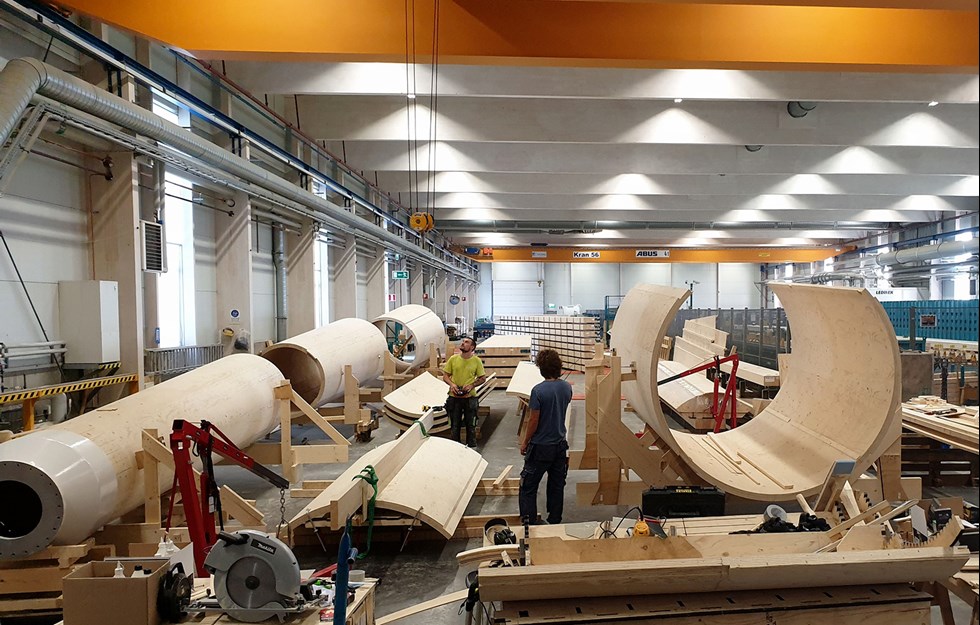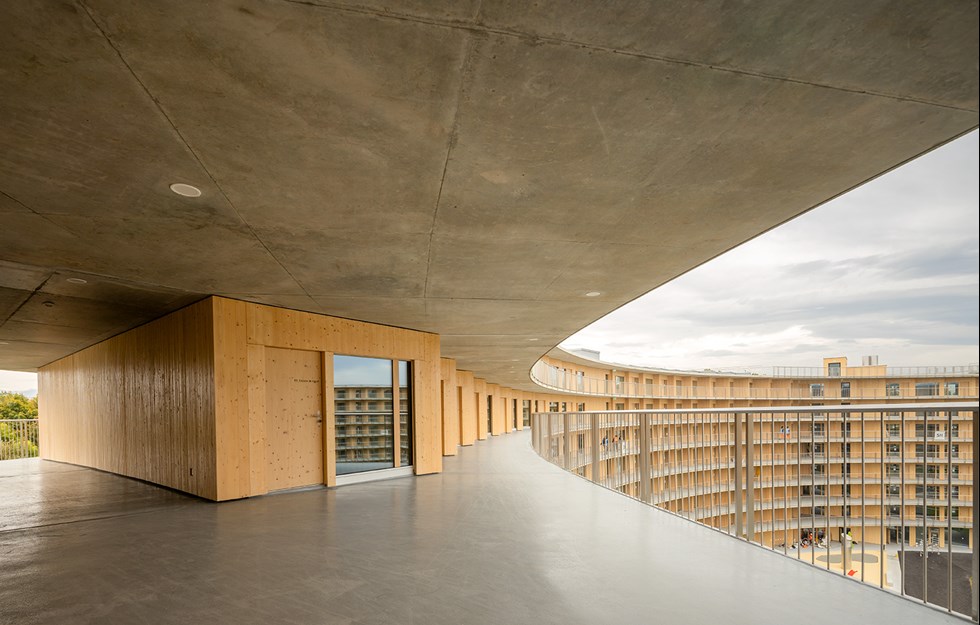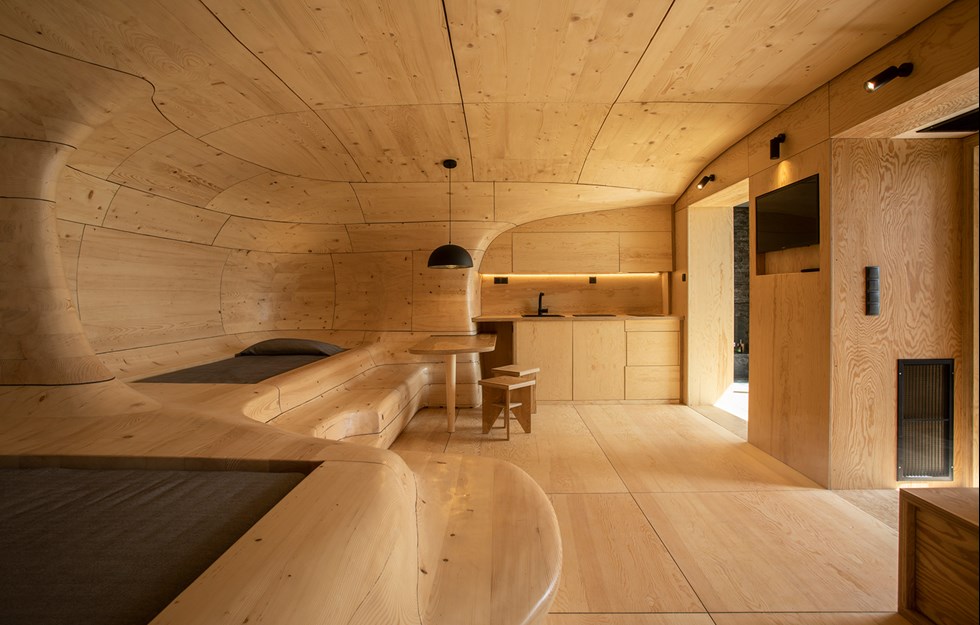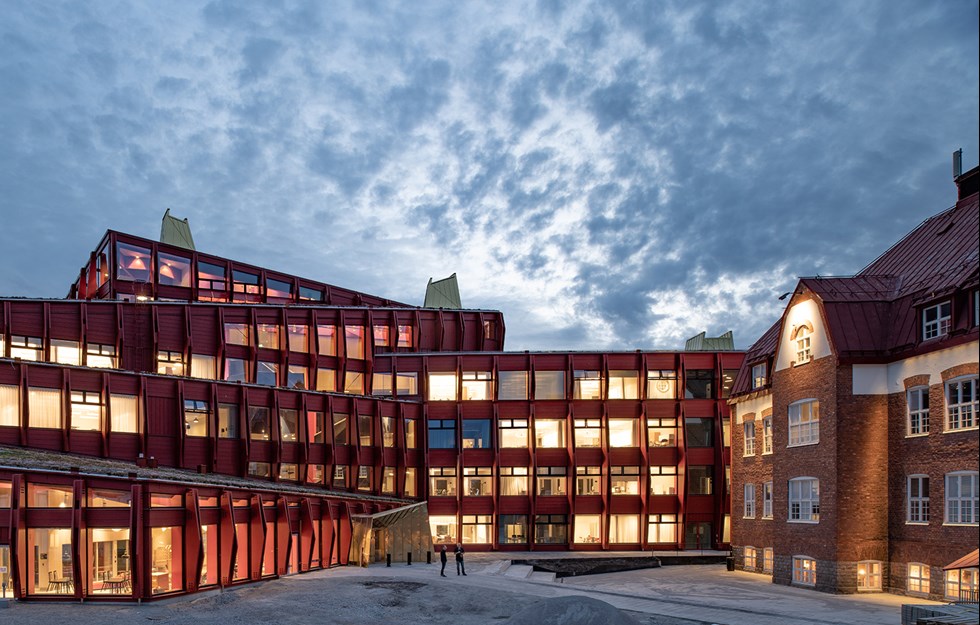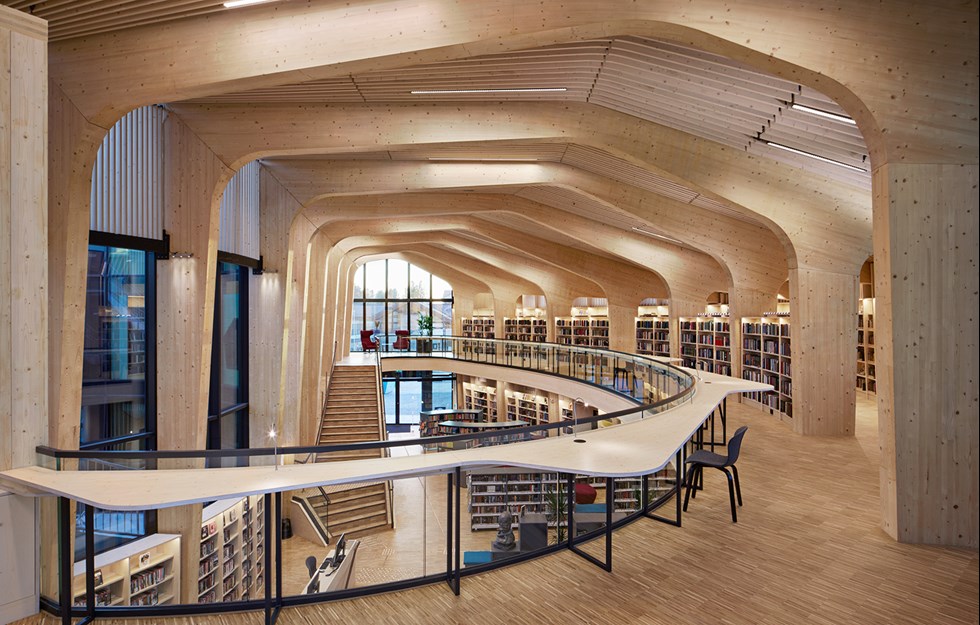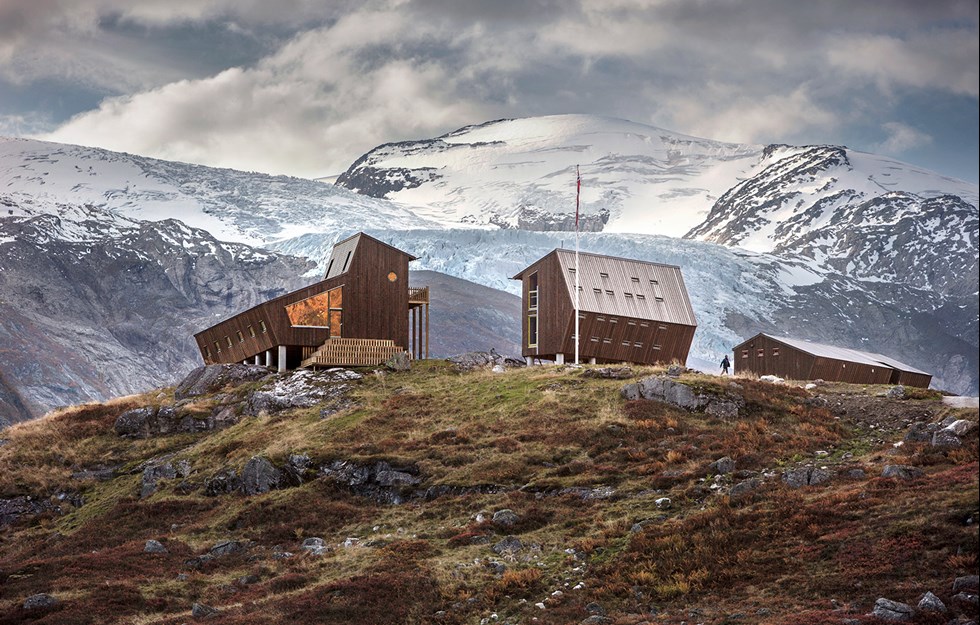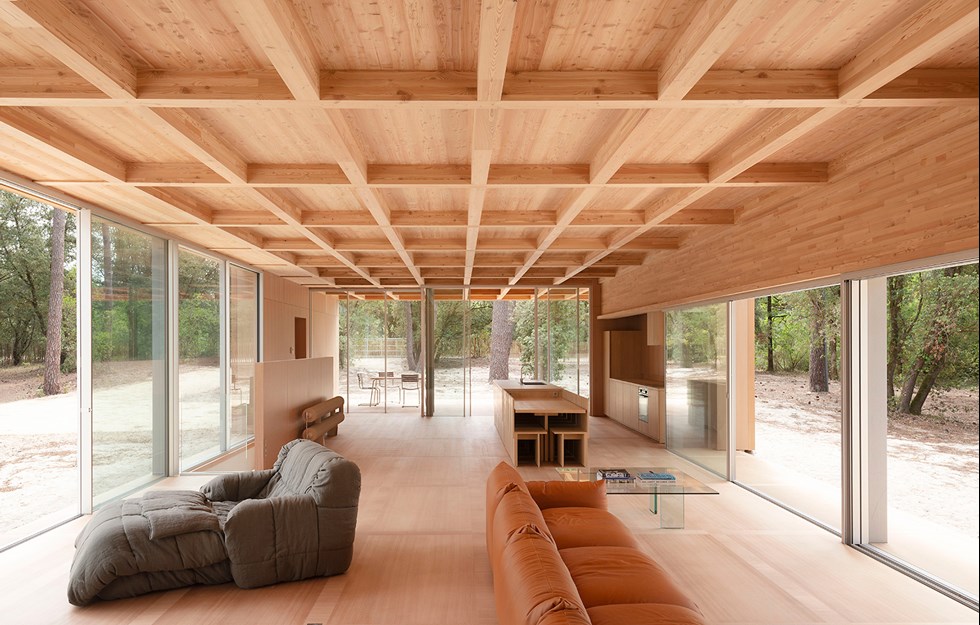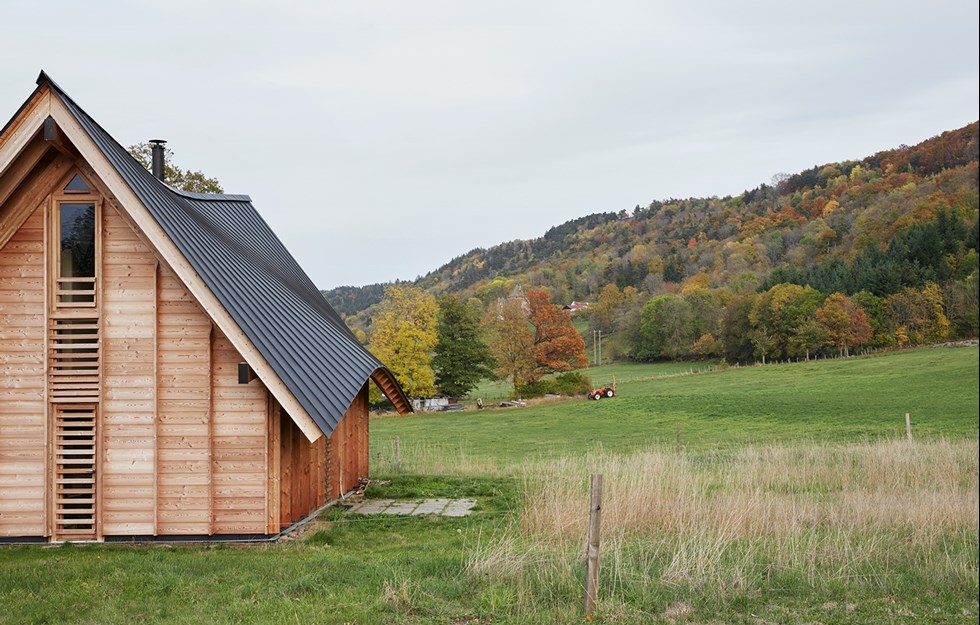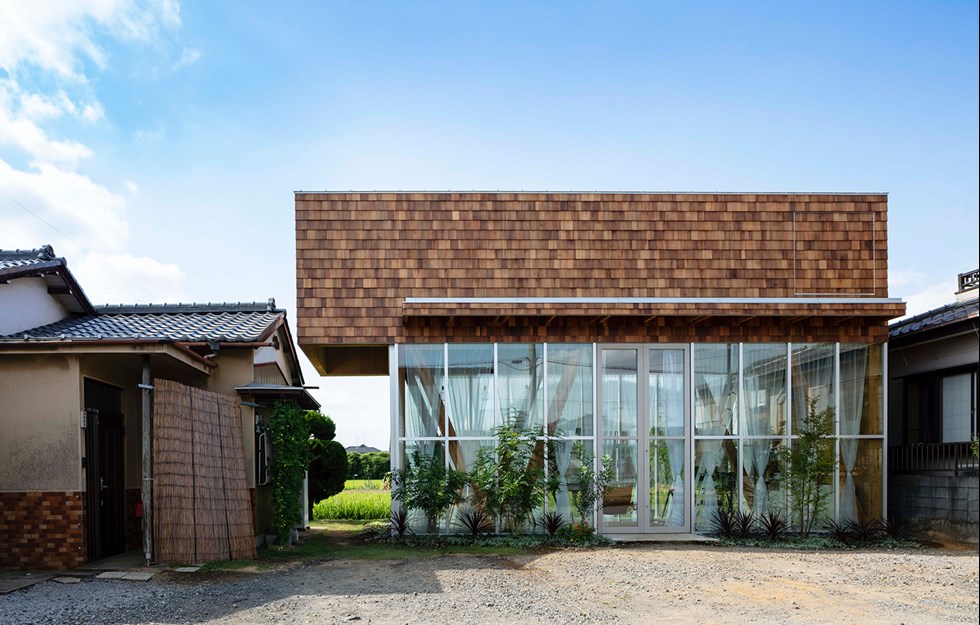THE SEA LIES at rest, still, as if waiting for something. A seabird circles around on reconnaissance, and then turns back towards land. Here, in the eastern corner of the Pacific Ocean, on Canada’s western seaboard, lies British Columbia and the large Vancouver Island. The spectacular landscape with its fjords and craggy peaks makes the shipping lane around the island popular with cruise ships, which can calmly sail along the coast.
This is where architects Ben Checkwitch and David Poiron stood as the first ship was due to dock at the terminal in spring 2011. But not exactly calmly, rather in tense expectation. Ben and David are the architects behind the newly built terminal for cruise ships on the island, and this was the day they had been working towards for a whole year. And then what they had been waiting for finally arrived: The Norwegian Pearl.
“It was a fantastic feeling to see people pour into the terminal building,” says Ben Checkwitch. “Often when you build something, the building fills up slowly, bit by bit. But this time hundreds of people came all in one go. It went from empty to packed! We stood watching exactly how the building worked and how people used it. It was very exciting and highly satisfying, because we’d worked to an incredibly tight deadline.”
The project to design Nanaimo Cruise Ship Terminal began one year before. The team only had 12 months to complete the building due to some of the funding coming from Canada’s Infrastructure Stimulus Fund – a pot of four billion Canadian dollars for domestic infrastructure projects that was set up in the wake of the financial crisis. For the architects to use the money, they were compelled to complete by a certain date.
“The timeframe was by far the biggest challenge for us. But at the same time, I feel it gave everyone working on the project an extra push in the right direction. We all understood the situation and that increased people’s focus. We had a goal, and everyone was committed to achieving it,” explains Ben Checkwitch.
THE CITY OF NANAIMO is an important hub in British Columbia and a gateway to Vancouver Island, the world’s 43rd biggest island. Before Nanaimo Cruise Ship Terminal was built, cruise ships were forced to ferry passengers to and from the port on small tenders. Now the terminal is able to handle some of the world’s largest cruise ships, making Nanaimo an even more attractive destination for the major international cruise operators. With the help of the terminal, Nanaimo has managed to kickstart a slow transformation from sleepy industrial city to a tourist destination in beautiful British Columbia.
The extensive use of wood to build the terminal was an entirely conscious choice for many reasons, not least a historical perspective. Where the terminal now stands, there used to be three sawmills, one of which still remains. The port was an important place for storing and transporting timber for the whole of Vancouver Island, and Nanaimo was for a long time, and to some extent still is, synonymous with the wood industry. It was important for the architects to preserve this link.
“Our main inspiration for the terminal came from the material itself – wood. We wanted the history of Nanaimo to hit you as soon as you saw the building,” says Ben Checkwitch.
“I mean, all cities have a certain feel as you approach them. It sets the tone for how you then perceive the city. It was therefore important for us to use wood. It’s the first thing the passengers see when the cruise ships dock. The building faces out to sea, and it is from the sea that it’s meant to be experienced.”
Entering the large terminal is like stepping into the inverted hull of a huge boat. The wall facing the water comprises giant panoramic windows, which give visitors a view across the whole port area. Large, curved glulam posts and beams dominate the arrivals hall, accentuating the sense of disembarking from one ship and boarding another. Long wooden screens adorn the interior and exterior, and the outside is clad in large timber panelling. Everything except the panelling is Douglas fir, a type of wood in plentiful supply Vancouver Island.
“Douglas fir is an excellent wood for structural purposes and it’s relatively cheap. It also has a warm, reddish tone that we thought was ideal,” says Ben Checkwitch. “There was an additional reason for using wood. Most people have an instinctively positive reaction to the material, it makes them feel comforted. Walking through the terminal should feel like being in a large cradle. You should feel welcome.”
Nanaimo Cruise Ship Terminal has gained the firm of architects a handful of accolades, including ‘Best Commercial Wood Design’, which was presented by the Canadian Wood Council at the Wood Design Awards 2012. The jury appreciated ‘the link between the past and present in the attractive, airy and honest building’.
“It’s cool to receive such recognition. We’re a young company that needs the exposure. It’s also fantastic if, through the award, we’re able to promote the use of wood. Across the industry I’m seeing something of a renaissance for wood as a building material. Many people are starting to see the benefits of its use and are coming up with increasingly advanced designs. In British Columbia the building regulations have been changed, for example, and construction methods using wood are now allowed in taller buildings than before. It’s an exciting time for wood as a material,” says Ben Checkwitch.
Sustainability is a common thread running through the entire Nanaimo Cruise Ship Terminal. Much of the wood is sourced locally and the stone tiles in the building are heated up by the sun, then they release heat during the day out in the large arrivals hall.
An interesting feature in the terminal is the ‘floating office’ in wood. Suspended up in the air, it sits partly indoors and partly outdoors on the other side of the large panoramic windows. The idea for the floating office came from David Poiron studying how a material’s appearance changes when it is immersed in water and the light is refracted differently. The office – the administrative centre of the port – looks different depending on whether you see it from inside or out.
With Nanaimo Cruise Ship Terminal completed and tourists streaming to Nanaimo and the rest of British Columbia – what’s next for the firm of Checkwitch Poiron? For Ben Checkwitch it is perhaps not his biggest, but in many ways his most challenging, project to date:
“I’m building my own cottage out of Douglas fir on a little island off Vancouver Island. But unlike Nanaimo Cruise Ship Terminal, it has taken a really, really long time. People are always asking when it’s going to be finished. These days, I hardly dare answer. It feels like I’ll never really be finished with it.”
Text Erik Bredhe

